Tom Dixon'Bull kitchen' chair, designed 1986
Steel.
92.7 x 37 x 46.5 cm
Produced by Tom Dixon, Ltd., London, United Kingdom.
FootnotesLiterature
Gareth Williams and Nick Wright, Cut and Shut: The History of Creative Salvage, London, 2012, p. 56
Creative Salvage
"Creative Salvage is a rapidly expanding development company. We are convinced the way ahead does not lie in expensive anonymous mass-produced products. But in a more decorative and human approach to industrial design. The key to Creative Salvage does not lie in the most expensive research and development costs of modern-day products. But in the recycling of scrap to form stylish and functional artefacts for the home and office."
Given that the "rapidly expanding development company" was in fact three rave organisers who conned estate agents into handing over the keys to London warehouses in which to party, one might dismiss the rest of the Creative Salvage Manifesto as so much more junk. Nick Jones, who wrote it in 1985, admitted that what interested him about the venture was making "money for old rope." He made a career in advertising. Tom Dixon says of the environmentalism implied by "recycling" that "it would be false to suggest were trying to create a proper movement." Mark Brazier-Jones says "we just thought it was fun."
In the light of what was actually produced, however, first by the group, later as individual designers, even Jones' wildest claims proved prescient. Brazier-Jones and Andre Dubreuil, who later joined the group, forged stellar careers with just such a "decorative and human approach to design" whilst Dixon remains at least interested in sustainability, if not primarily motivated by it. And that's the point.
The early work of Creative Salvage was made of scrap because it was cheaply available and beautiful. They jointed junked Victoriana and motor parts using their single shared welder, a process of trial and error necessitated by the same lack of funds. Some pieces failed structurally, some aesthetically, some had a naive charm that warranted a second attempt. Dixon's Kitchen Chair is an example.
He had incorporated kitchenalia into his earlier Tribal and Planet Chairs. Unique pieces, they too used braze to contrast with the black pans endowing them with what Liliane Fawcett, his gallerist then as now, describes as a "sophistication" otherwise lacking. Such one-offs sold well from her gallery, Themes and Variations, prompting thoughts of editions.
This required a supply of identical components unavailable in a scrapyard so Dixon sourced pots, pans and ladles in Soho's China Town. About forty Bull Chairs (identical to the Kitchen Chairs but for the sheet steel back in place of the fish pan) were produced, fewer of the Kitchen Chairs; as it had become simpler to buy new components for batch production, it became more cost-effective still to reduce reliance on ready-mades.
The Kitchen Chair was the last Dixon design to utilise ready-mades, the Pylon Chair one of his first to be produced entirely without. (The S Chair was developed using salvaged steering wheels or pans for bases.) The Pylon series was first drawn on paper, then mocked up as wire maquettes (an example is lot 11), prototyped in thicker gauge steel (lot 10 is such a prototype), from which a jig was made for manufacturing. In this sense, the Pylon series represents Dixon's first foray into industrial design.
It also consciously engages with the history of design. The Pylon Chair takes Gio Ponti's Super Leggera as a paradigm of lightness, whilst its formal derivation from the Eames "Eiffel Tower" bases implied mass-production. The Pylon series is still manufactured today and considered a design classic.
So, it seems Creative Salvage really was a "rapidly expanding development company", the way ahead really had lain in a "more human approach to industrial design" and, although Jones' reference to "recycling" may have been green-washing, its inclusion in a 1985 manifesto was prescient. Who knew?
Designer and author, Nick Wright is the writer of Cut and Shut, The History of Creative Salvage.
Tom Dixon'Bull kitchen' chair, designed 1986
Steel.
92.7 x 37 x 46.5 cm
Produced by Tom Dixon, Ltd., London, United Kingdom.
FootnotesLiterature
Gareth Williams and Nick Wright, Cut and Shut: The History of Creative Salvage, London, 2012, p. 56
Creative Salvage
"Creative Salvage is a rapidly expanding development company. We are convinced the way ahead does not lie in expensive anonymous mass-produced products. But in a more decorative and human approach to industrial design. The key to Creative Salvage does not lie in the most expensive research and development costs of modern-day products. But in the recycling of scrap to form stylish and functional artefacts for the home and office."
Given that the "rapidly expanding development company" was in fact three rave organisers who conned estate agents into handing over the keys to London warehouses in which to party, one might dismiss the rest of the Creative Salvage Manifesto as so much more junk. Nick Jones, who wrote it in 1985, admitted that what interested him about the venture was making "money for old rope." He made a career in advertising. Tom Dixon says of the environmentalism implied by "recycling" that "it would be false to suggest were trying to create a proper movement." Mark Brazier-Jones says "we just thought it was fun."
In the light of what was actually produced, however, first by the group, later as individual designers, even Jones' wildest claims proved prescient. Brazier-Jones and Andre Dubreuil, who later joined the group, forged stellar careers with just such a "decorative and human approach to design" whilst Dixon remains at least interested in sustainability, if not primarily motivated by it. And that's the point.
The early work of Creative Salvage was made of scrap because it was cheaply available and beautiful. They jointed junked Victoriana and motor parts using their single shared welder, a process of trial and error necessitated by the same lack of funds. Some pieces failed structurally, some aesthetically, some had a naive charm that warranted a second attempt. Dixon's Kitchen Chair is an example.
He had incorporated kitchenalia into his earlier Tribal and Planet Chairs. Unique pieces, they too used braze to contrast with the black pans endowing them with what Liliane Fawcett, his gallerist then as now, describes as a "sophistication" otherwise lacking. Such one-offs sold well from her gallery, Themes and Variations, prompting thoughts of editions.
This required a supply of identical components unavailable in a scrapyard so Dixon sourced pots, pans and ladles in Soho's China Town. About forty Bull Chairs (identical to the Kitchen Chairs but for the sheet steel back in place of the fish pan) were produced, fewer of the Kitchen Chairs; as it had become simpler to buy new components for batch production, it became more cost-effective still to reduce reliance on ready-mades.
The Kitchen Chair was the last Dixon design to utilise ready-mades, the Pylon Chair one of his first to be produced entirely without. (The S Chair was developed using salvaged steering wheels or pans for bases.) The Pylon series was first drawn on paper, then mocked up as wire maquettes (an example is lot 11), prototyped in thicker gauge steel (lot 10 is such a prototype), from which a jig was made for manufacturing. In this sense, the Pylon series represents Dixon's first foray into industrial design.
It also consciously engages with the history of design. The Pylon Chair takes Gio Ponti's Super Leggera as a paradigm of lightness, whilst its formal derivation from the Eames "Eiffel Tower" bases implied mass-production. The Pylon series is still manufactured today and considered a design classic.
So, it seems Creative Salvage really was a "rapidly expanding development company", the way ahead really had lain in a "more human approach to industrial design" and, although Jones' reference to "recycling" may have been green-washing, its inclusion in a 1985 manifesto was prescient. Who knew?
Designer and author, Nick Wright is the writer of Cut and Shut, The History of Creative Salvage.

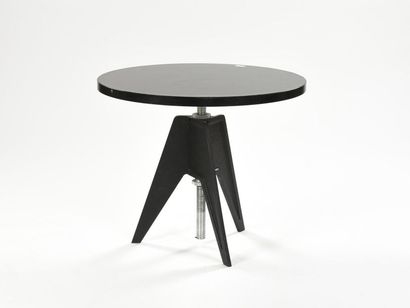

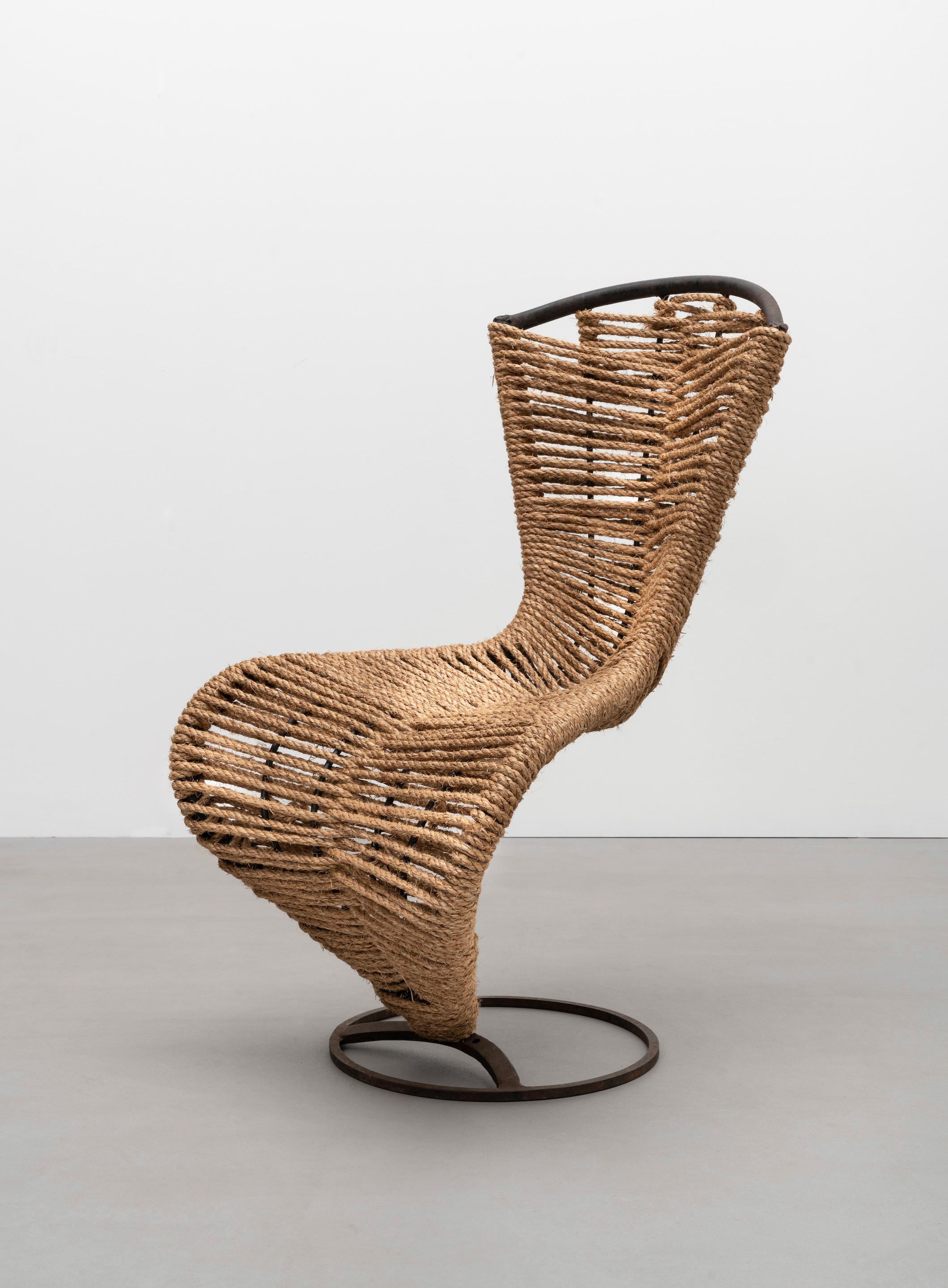
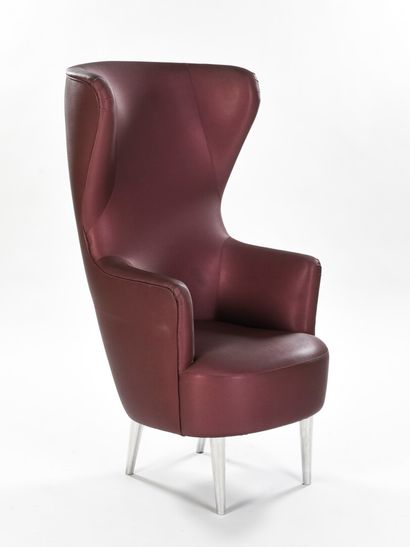
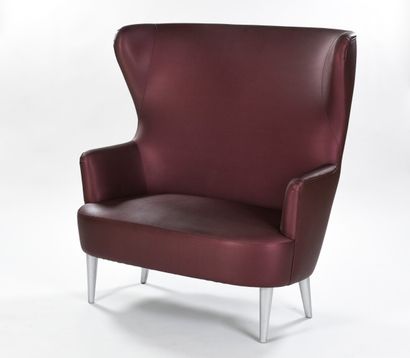


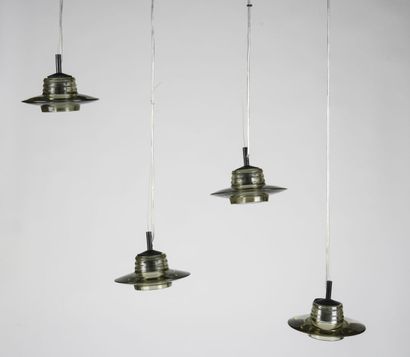

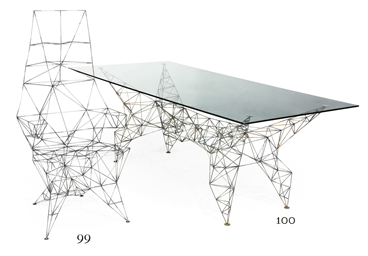

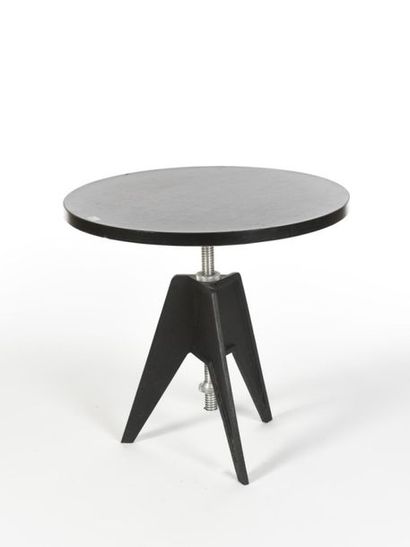
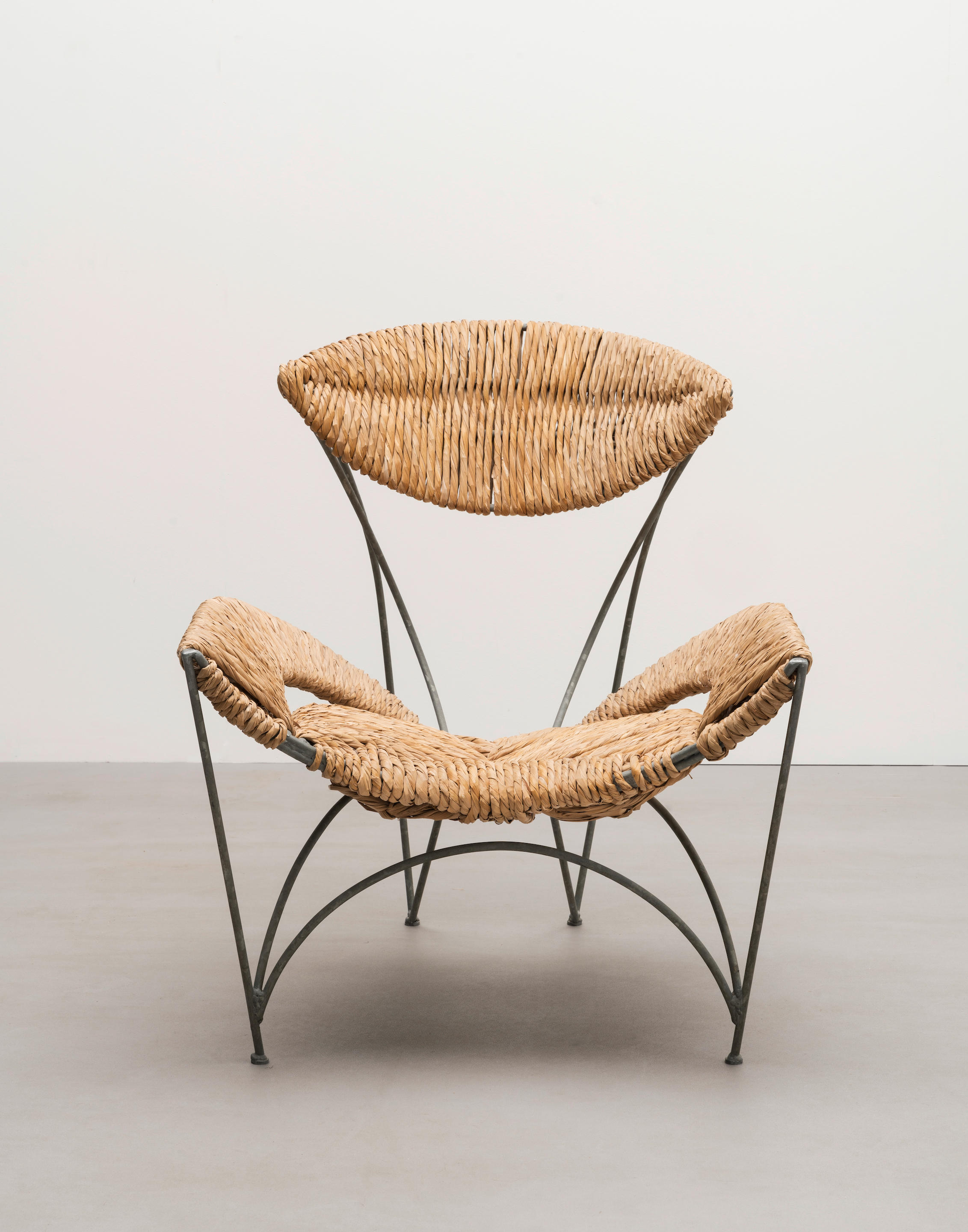
Try LotSearch and its premium features for 7 days - without any costs!
Be notified automatically about new items in upcoming auctions.
Create an alert